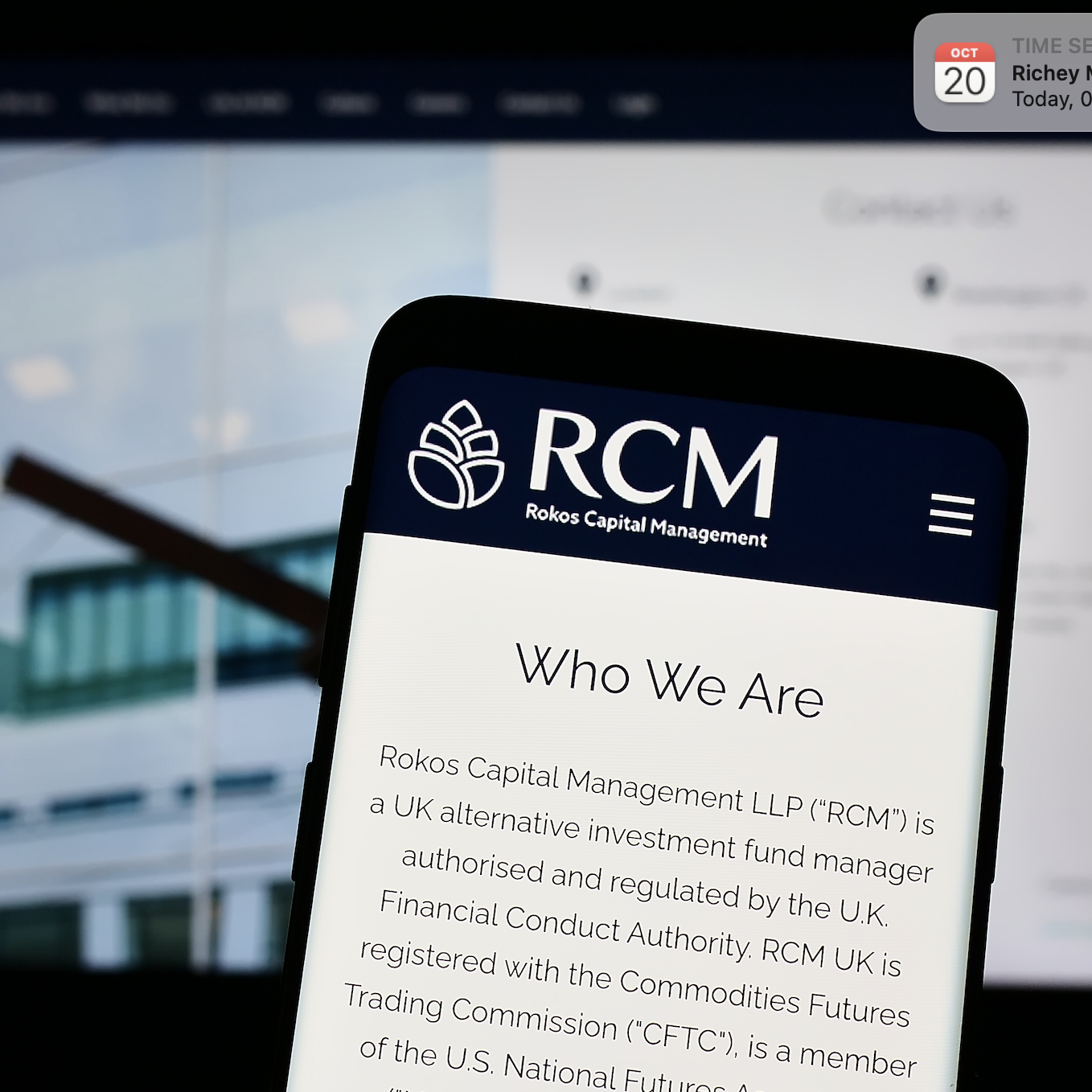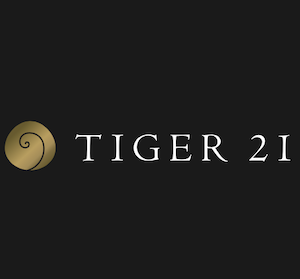In April, initial gains in several markets reversed as US data weakened versus expectations. In addition to a fall in the US dollar, European equities gave back their earlier positive returns, safe-haven sovereign bonds sold off and oil rallied significantly.
The US Dollar index was down 3.8 per cent; the DAX index was down 4.3 per cent in euro terms; German Bunds, US Treasuries and UK Gilts all sold off; and WTI crude oil futures rallied by 20.9 per cent. These reversals in key markets proved challenging for global macro hedge funds in April, however, traders expect many of the thematic trends to resume course, according to Anthony Lawler, portfolio manager at GAM.
Despite this turbulent market backdrop in April, hedge funds in aggregate were up 0.2 per cent as measured by the HFRX Global Hedge Fund index. At the strategy level, the HFRX Macro/CTA index fell 2.7 per cent, while the HFRX Equity Hedge index, the HFRX Relative Value index and the HFRX Event Driven index produced positive returns of 1.2 per cent, 1.0 per cent and 0.5 per cent respectively for the month, all in US dollar terms.
“Many hedge fund managers’ views of the medium-term opportunity set have not changed, despite these reversals across several markets”, says Lawler. “Global macro funds were positioned to favour a strong US dollar, European, Japanese and Chinese equities versus US equities, and long fixed income in April. The resumption of near-term US dollar strength is being debated, but their other trades by and large remain long-term conviction trades. The rally in energy prices caught out trend models that were positioned short of the energy sector, causing some pain. By month-end, energy exposures had been reduced.”
The month was positive for the other main hedge fund strategies. Traders remain invested in themes supported by expectations of dispersion within asset classes and across geographies, says Lawler. “The dispersion theme continues to hold sway. Traders remain positive on the opportunity set in European and Japanese equities versus US equities, although weak US data has prompted the trimming of net exposures on the margin in global equities. On a sector basis, we see a continuation of longs in global healthcare and European consumer discretionary and staples. Relative value traders continue to see opportunities in fixed income and credit as regional and sector growth rates and policy decisions continue on different paths. Within structured credit there was a bright spot in April for mortgage-backed securities in the US data, with house price appreciation coming in ahead of expectations according to Case Shiller. Finally, for event driven equity traders, the volume of announced mergers and acquisitions, and other corporate structure deals continues to be very strong. The market’s expectation is that this should continue at pace for the rest of the year if debt markets remain open to financing deals as they are today.”







